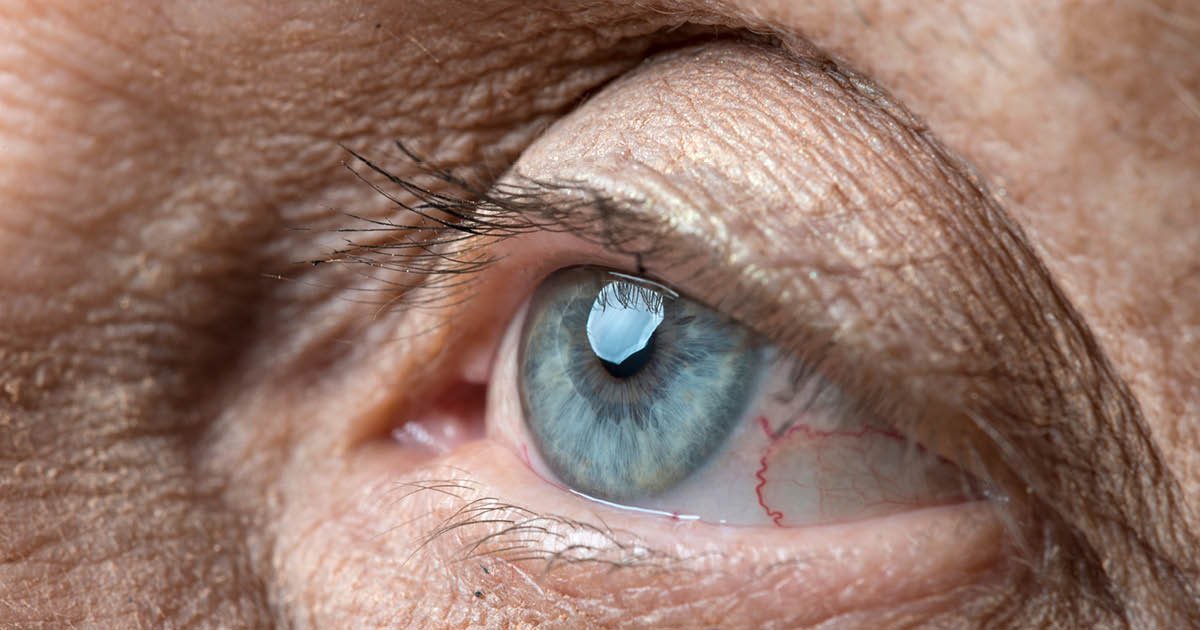September 24, 2025
2 min watch
Key takeaways:
- The consensus captured the prevailing views of more than 120 experts.
- Highlights of the consensus document were presented at ESCRS.
COPENHAGEN, Denmark — The Second Global Consensus on Keratoconus and Ectatic Diseases offers a series of practice-shaping updates, with new positions on pediatric treatment, progression criteria and re-treatment strategies.
“The field of keratoconus has developed so massively that a second global consensus had to be installed,” Farhad Hafezi, MD, PhD, said during a presentation at the European Society of Cataract and Refractive Surgeons meeting. “We have been working on this second global consensus for a little more than 2 years now.”
The report represents the collective judgment of more than 120 experts worldwide, but it does not imply unanimity, Hafezi said. Consensus within the report meant two-thirds of the experts were in agreement, with the report capturing the prevailing view on certain procedures while leaving room for debate.
Hafezi said that the first global consensus, published more than a decade ago, quickly became one of the most cited papers in the corneal literature. Since then, however, diagnostics and treatments have evolved dramatically, requiring a broader and more inclusive update. This time, both corneal and refractive surgery societies were included, addressing a major criticism of the first effort.
“We combined both worlds, cornea and refractive, to cover seven topics,” Hafezi said during the presentation.
One significant finding was a strong endorsement of early treatment in children. A large majority supported performing cross-linking in pediatric patients at the time of diagnosis without waiting for documented progression.
“There is no longer any doubt: There was unanimous agreement cross-linking should be performed in cases of tomographic or topographic progression of keratoconus,” Cosimo Mazzotta, MD, PhD, said during another presentation on the protocol.
While individualized approaches were encouraged, accelerated CXL has gained traction, with the 10-minute 9 mW/cm2 protocol now used by a substantial proportion of experts and the Dresden protocol also widely used. Regarding riboflavin formulations, most physicians continue to rely on the standard 0.1% solution for epithelium-off treatment.
The consensus also expanded criteria for identifying progression. Posterior elevation changes and thinning at the thinnest point were recognized as valid additional markers along with more established parameters.
“[These subcriteria] are an important novelty of the Delphi panel,” Mazzotta said.
A strong majority rejected ocular surface inflammation as a sufficient indication for treatment. Allergic disease, vernal keratoconjunctivitis and blepharitis demand close observation, but CXL should not be performed in these patients without progression.
Most experts encouraged physicians to tell patients to avoid rubbing their eyes, recognizing it as a risk factor. But they also agreed that this must not delay or replace CXL when progression is documented.
Prophylactic epithelium-on CXL in children or young adults without progression was not supported. While not recommended for prevention, epi-on may still be considered in adults with milder or less progressive disease.
Cross-linking is now recognized as a repeatable procedure. A strong majority supported re-treatment if progression restarts after treatment, although there was no consensus on exact timing. When re-treatment is required, most experts recommend transitioning from an epi-on to an epi-off protocol rather than repeating the same approach.
High-fluence approaches remain a divisive issue. No single regimen gained sufficient support, reflecting variation in practice worldwide. Treatment of very thin corneas was supported in principle, but again, no single strategy dominated.
Despite patient interest in vitamin D, curcumin, copper or other agents, there was broad agreement that supplements should serve only as adjuncts to treatment and should not be considered substitutes for CXL.
Hafezi said that the main takeaway of the report is not just the specific data but the process of updating the census itself.
“This is a snapshot,” he said during the presentation. “We will need another Delphi panel in 5 to 10 years because the field and all of medicine will change.”










